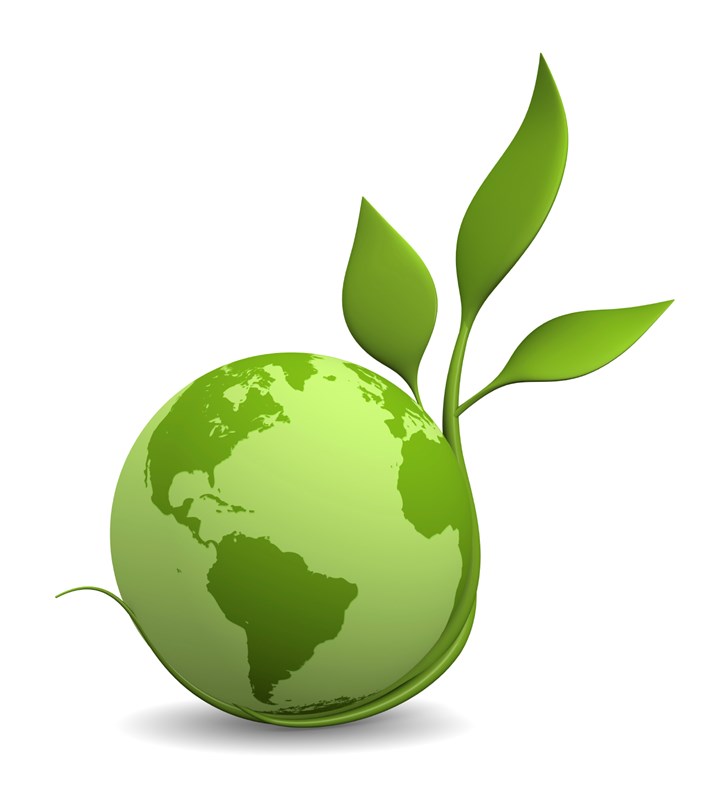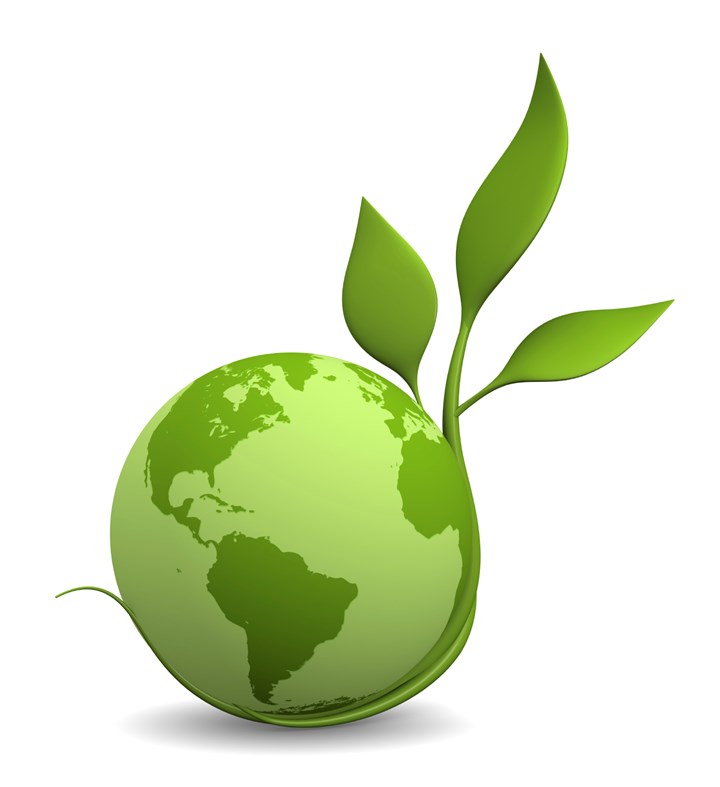
Working Towards a Global Plan for Plastics Pollution
On Feb. 22, the Organization for Economic Cooperation and Development (OECD) published its Global Plastics Outlook: Economic Drivers, Environmental Impacts and Policy Options study, which it billed as “the first report to comprehensively map the entire lifecycle of plastics globally.” The publication’s timing and scope were no accident.
Starting on Feb. 28, the United Nations Environment Assembly (UNEA) will meet online and in Nairobi for its fifth session under the theme of “Strengthening Actions for Nature to Achieve Sustainable Development Goals.” Reuters offered a succinct synopsis of the meeting’s overriding purpose. “The primary goal is to hammer out broad terms for a global agreement on plastic pollution and form an intergovernmental negotiating committee to broker a final deal.”
According to Reuters, the meeting will bring together more than 100 U.N. members who will work towards the “first-ever global agreement to tackle plastic pollution”—something the U.N. has said “could be the most important environmental pact since the Paris Agreement climate deal in 2015.”
Ahead of that potentially historic meeting, the OECD briefed journalists on its report’s methodology and findings. Beyond measuring the amount of plastics in the environment, including precisely where it is and the path it took to get there, the OECD’s publication includes future policy proposals and assessments of what’s currently in place, weighing “what’s working and where more needs to be done,” and asking, “What are global costs to halt leakage of plastics to the environment?”.
Plastics and the World
The report was directed by the OECD’s Shardul Agrawala, who summarized its conclusions in the online press conference. Going back to 1950, a date pegged as the start of measurable global plastics consumption, Agrawala said plastics use has expanded by 230 times, reaching 460 million tons by 2019. Just since 2000, the report found that global plastics production has doubled from 234 million tons to just under a half a billion tons. Over that two decade stretch, global annual plastic waste has more than doubled from 156 million tons in 2000 to 353 million tons in 2019.
OECD took all that plastic and looked at its end of life, sorting eventual outcomes into four categories: mismanaged & uncollected litter; landfilled; incinerated; and recycled. In OECD countries, it calculated 6% became mismanaged & uncollected litter; 57% was landfilled; 29% incinerated and 9% recycled. For non OECD countries, which include China, India, and Latin America, those figures are 39%, 42%, 10% and 10%, respectively. So approximately the same level of recycling for OECD and non-OECD, but more than six times the amount of plastic ending up mismanaged or as litter. Globally 22% is mismanaged & uncollected litter; 50% is landfilled; 19% is incinerated and 9% is recycled.
Looking more closely at the 82 million tons of mismanaged & uncollected plastic litter in 2019, OECD says in 34 million tons went to dump sites, while 26 million tons were burned openly. “Terrestrial leakage” amounted to 13 million tons, with aquatic leakage of 6 million tons (5.8 million tons to rivers and 0.3 million tons from coasts to oceans).
Possible Solutions
In determining a possible path forward, the OECD posited four “key levers” for intervention. These included: bolster markets for recycled plastics; boost innovation for more circular plastics; scale up international financing and cooperation; and increase the ambition of domestic policies. In a Q&A session after his presentation, Agrawala noted that speculating on the future at this time would be just that: speculation.
“What might happen in the coming weeks is a start to a process towards a treaty, and it’s not for us to prejudge the contours of that,” Agrawala said. “I think [our report] further accentuates the need for countries to come together and start looking towards a global agreement to address this very important problem.” In the short term, Agrawala said “there is an urgent waste management problem, which is responsible for a bulk of the leakage to the environment.”
Longer term, Agrawala noted that since plastic waste doesn’t acknowledge borders, there will be a need for “international cooperation and agreement towards alignment or harmonization of standards.”
Extending Extended Producer Responsibility?
The concept of Extended Producer Responsibility (EPR) came up throughout the OECD’s potential resolutions and no doubt that will be an important element of any global plan going forward. Defining “producers” will be key to that effort. How far up and down the supply chain does responsibility stretch? All the way to the oil and gas company that extracted the fossil fuels used to make the plastic? To the resin company that converted the oil-and-gas-derived chemicals into a resin? To the distributor that got that resin into the hands of a processor? To the machinery supplier that sold the machine to convert the resin into a product? To the processor that converted the resin into a product? To the brandowner that contracted out the production of the plastic good? To the retailer that sold the plastic product out into the world? To the municipality charged with creating an end-of-life option for that product when it’s no longer of use? How about the consumer?
Not for nothing and at the risk of oversimplifying things, it’s not as though a blow molder sets up a machine on the edge of a river to shoot bottles directly into the environment. Consumers take these goods from the retail realm out into the greater world, and, at that point, the plastic is literally in their hands. Now, whether or not that consumer lives in a city, state or country set up to adequately deal with that bottle at the end of its life, is another question, and another layer of responsibility.
People in the plastics industry know that the broader topic of sustainability has been an area of focus at events and shows for some time. Not just a greenwashing veneer but a nuts-and-bolts how-do-we-increase-recycled-content-in-a-new-product kind of focus. I hope and expect the industry to be involved as plans are laid to deal with the issue of plastic pollution. For those efforts to be successful, every element of the plastics chain—from oil and gas extraction to consumers and municipalities—will have to be at the table.

What shape will the global plan to address plastics pollution take?

Leave a Reply